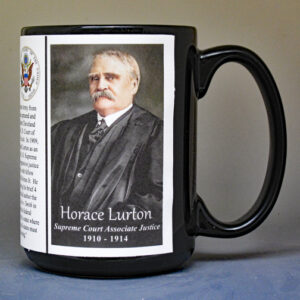Description
Thomas Mifflin was a successful merchant who helped raise troops during the Revolution and served as a major general and commander-in-chief of the Philadelphia militia. Because of these actions, he was expelled from his Quaker faith. Thomas Mifflin served as Washington’s aide-de-camp. In 1782, he returned to Congress and was elected President of Congress the following year. Mifflin was a representative from Pennsylvania and a signatory on the U.S. Constitution. In 1790, Mifflin was elected as the first governor of Pennsylvania.
The First Continental Congress, September 5, 1774 – October 26, 1774
In September 1774, delegates from 12 colonies, except Georgia, met at Carpenter’s Hall in Philadelphia, as the First Continental Congress. They organized colonial resistance to the Intolerable Acts passed by the British Parliament. Congress issued a Declaration of Rights, affirming loyalty to the British Crown, but disputing the British Parliament’s right to tax without representation in parliament, and passed the Articles of Association, calling for the colonies to stop importing goods from the British if the Intolerable Acts were not repealed. They agreed to meet again in May of 1775 as the Second Continental Congress.
The Confederation Congress, 1781-1789
In 1781, the Articles of Confederation established the United States as a collection of 13 sovereign states and served as the country’s first constitution. It was in force from 1781 until 1789 when the current Constitution went into effect. The Articles of Confederation established a league of friendship for the independent states and consisted of a legislative body with no executive or judicial branch. Every state had one vote in the Confederation Congress. In 1787, the Constitutional Convention assembled to redesign the government creating the U.S. Constitution which was ratified in 1789 and is in effect today.
The biographical History Mugs were created to teach and inspire individuals to learn about our diverse and interesting history. The biographies were researched and written by history enthusiast, Robert Compton. He colorized most of the historic photos and images used on the mugs, which were originally black and white or sepia-tone. The images and biographies are imprinted on mugs at his studio in rural Vermont.
- Mugs are food and microwave-safe.
- To preserve photographic quality we recommend hand washing.
- Mugs are usually shipped within 3-5 days.










